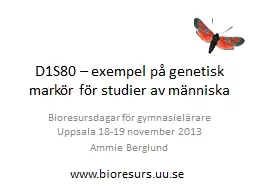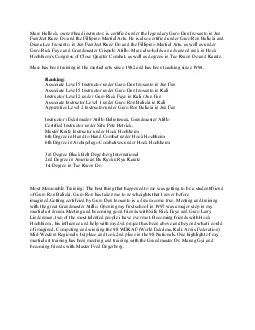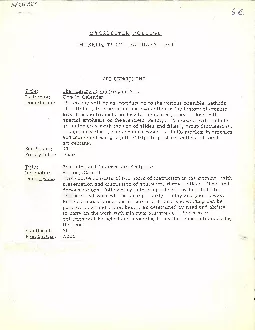PPT-For the Instructor
Author : test | Published Date : 2017-05-12
Upon completion students will be able to G34 Understand the factors that influence plant growth including water nutrients light soil air and climate Gainz By
Presentation Embed Code
Download Presentation
Download Presentation The PPT/PDF document "For the Instructor" is the property of its rightful owner. Permission is granted to download and print the materials on this website for personal, non-commercial use only, and to display it on your personal computer provided you do not modify the materials and that you retain all copyright notices contained in the materials. By downloading content from our website, you accept the terms of this agreement.
For the Instructor: Transcript
Download Rules Of Document
"For the Instructor"The content belongs to its owner. You may download and print it for personal use, without modification, and keep all copyright notices. By downloading, you agree to these terms.
Related Documents














